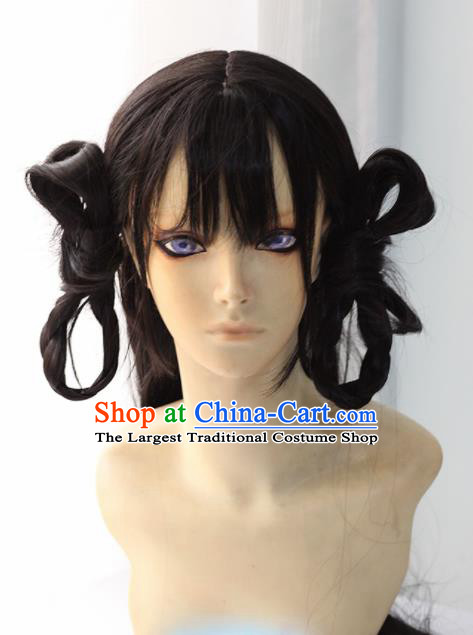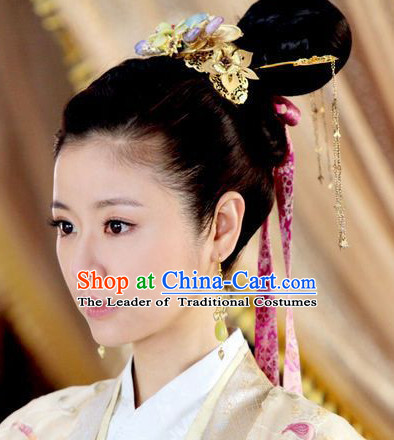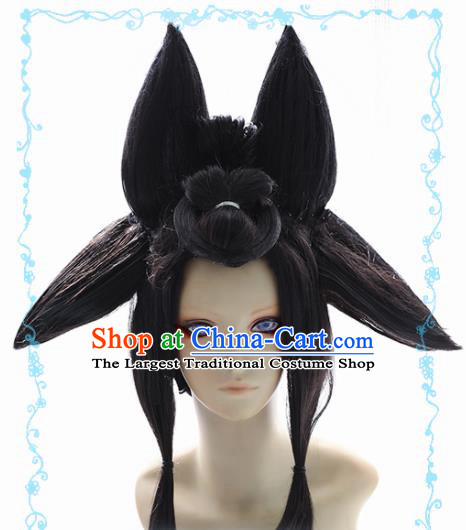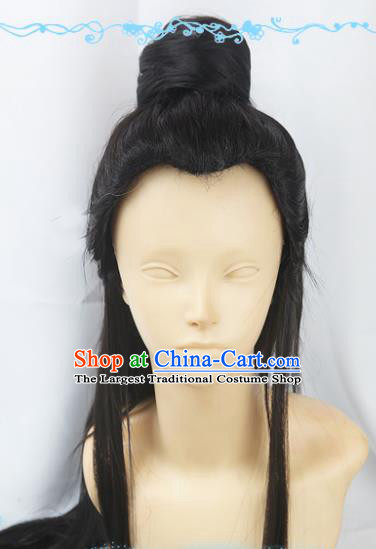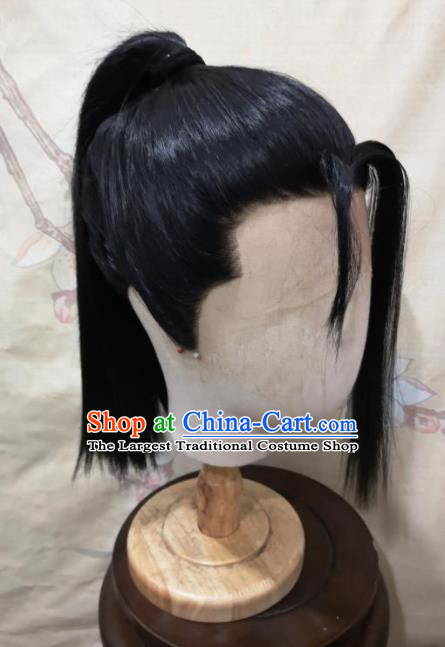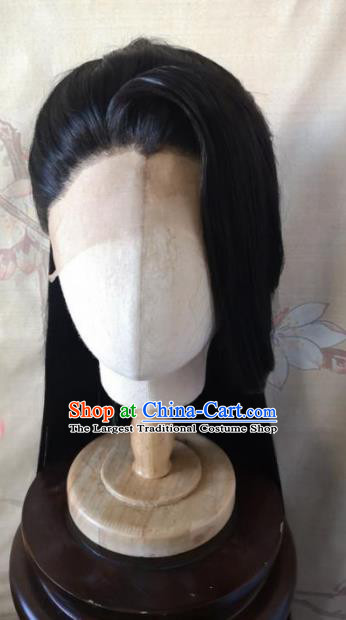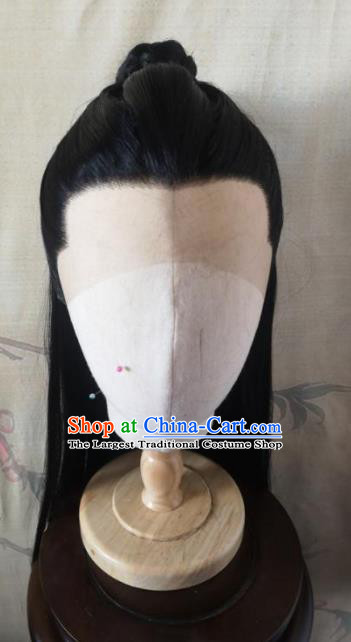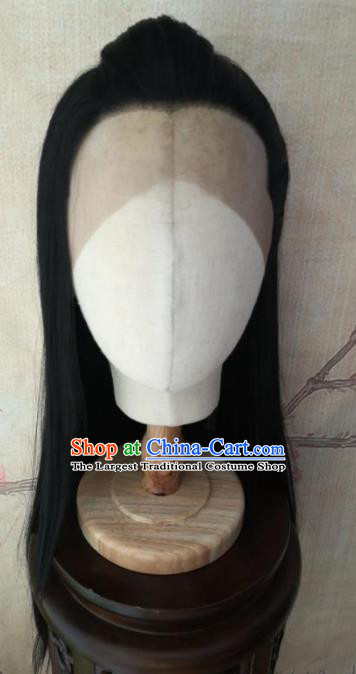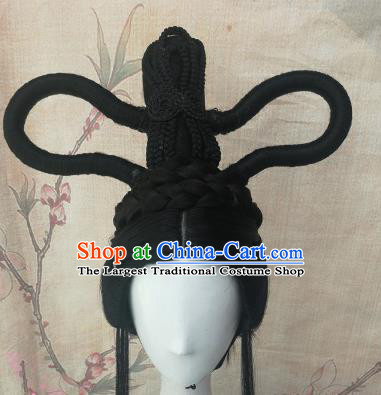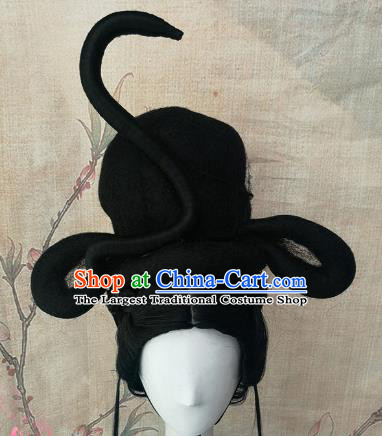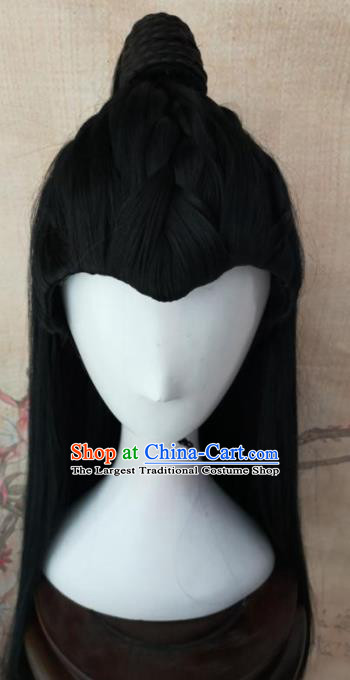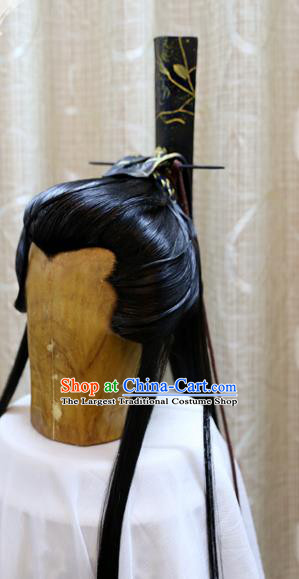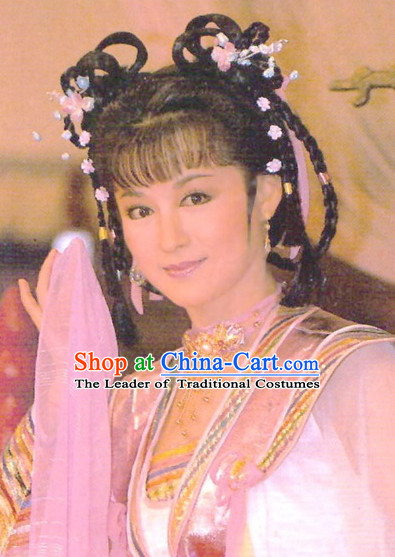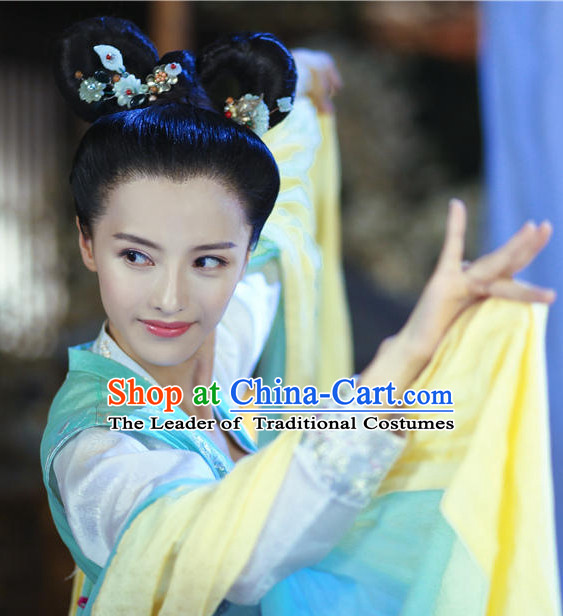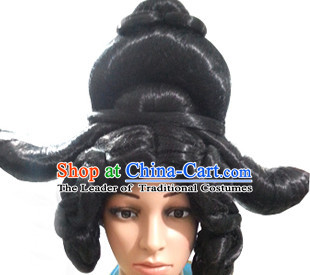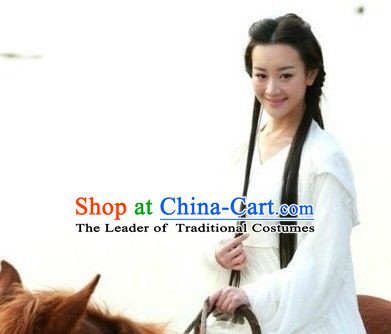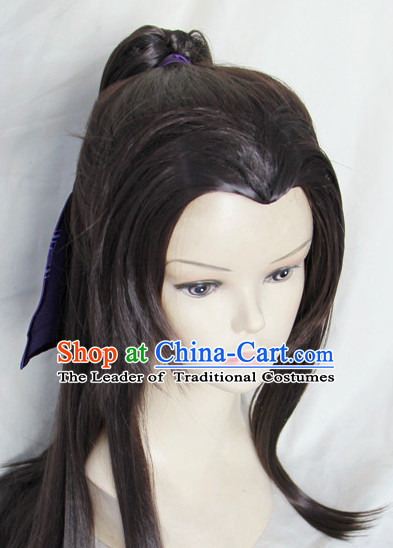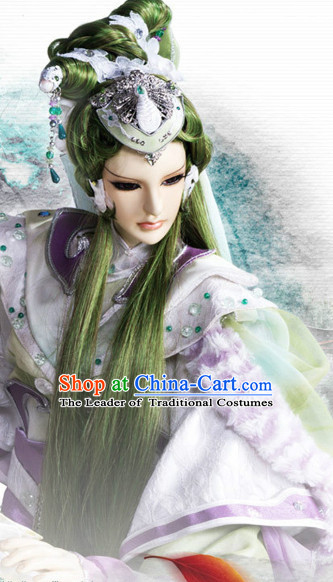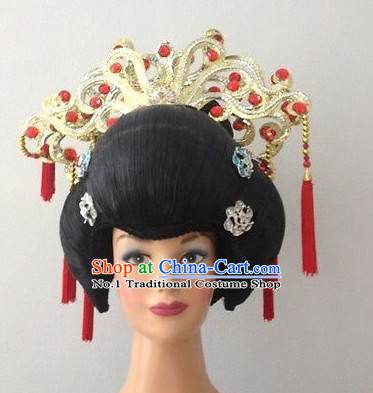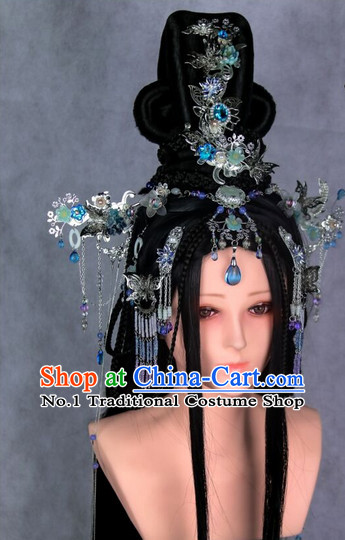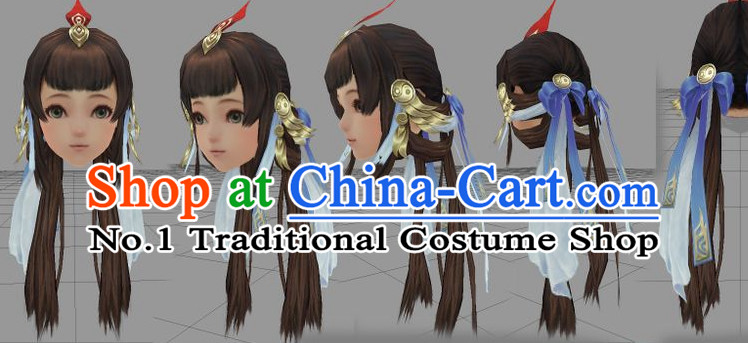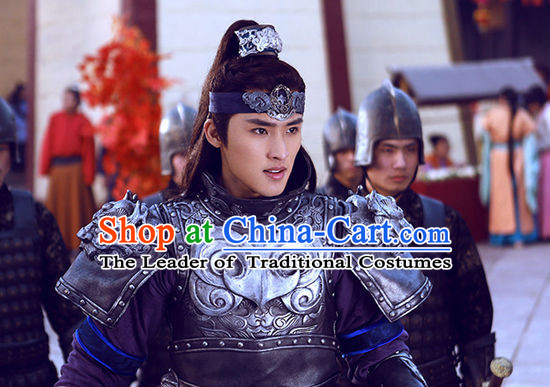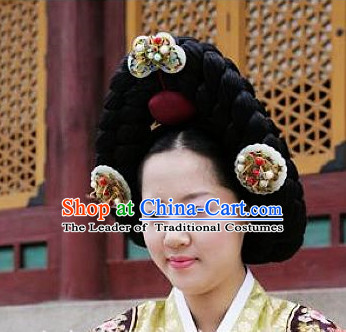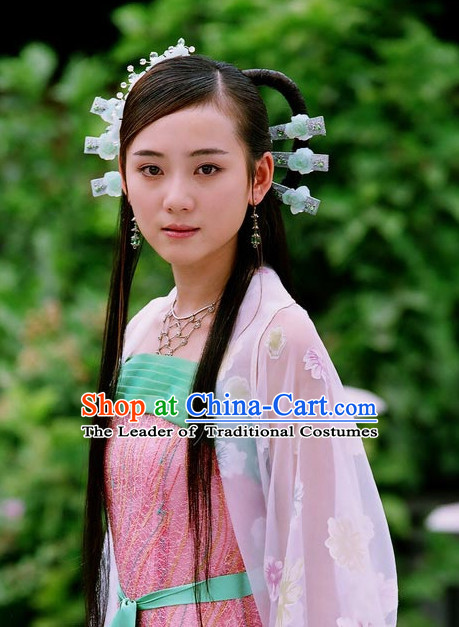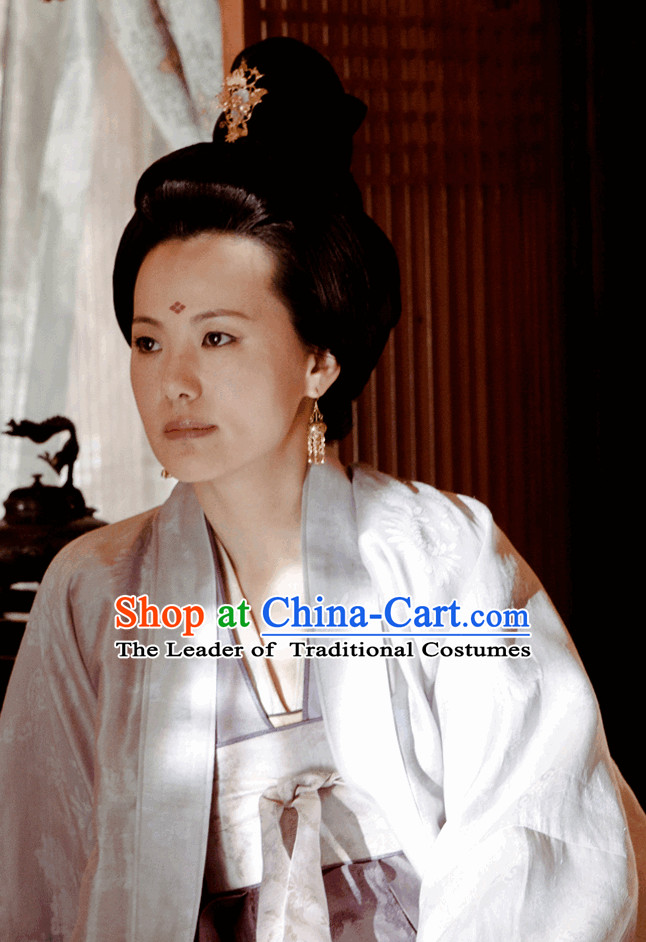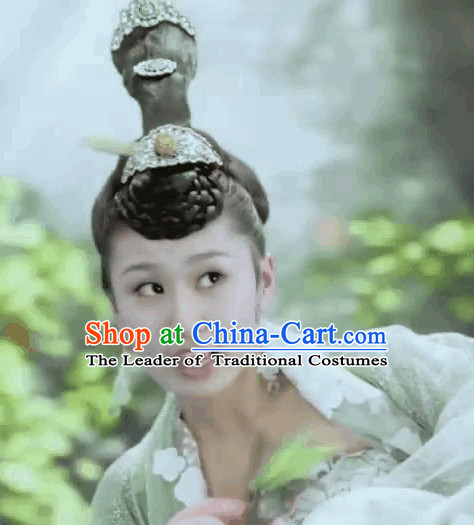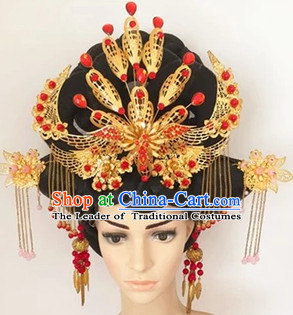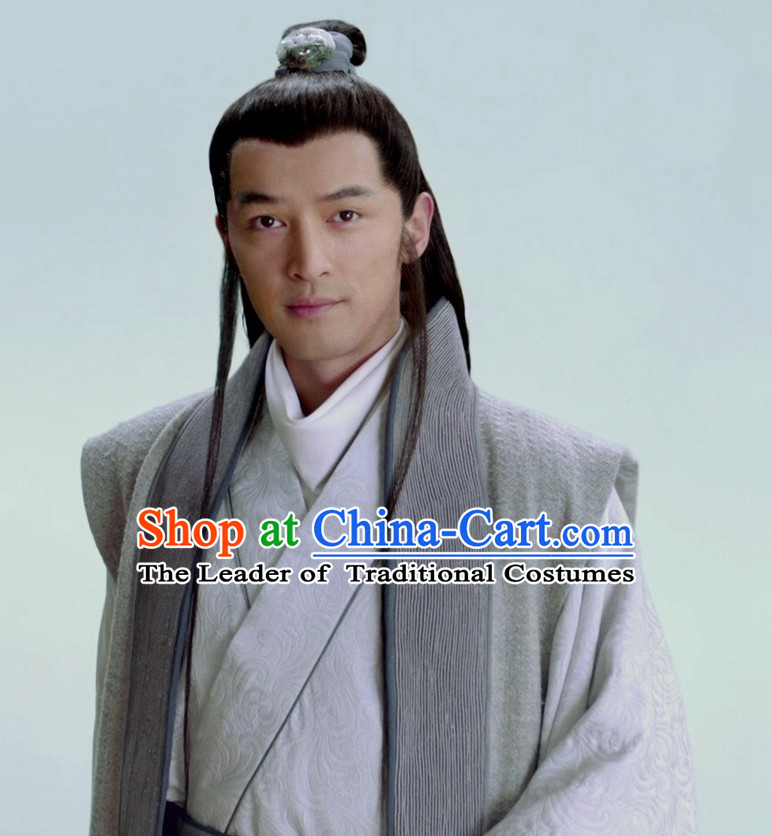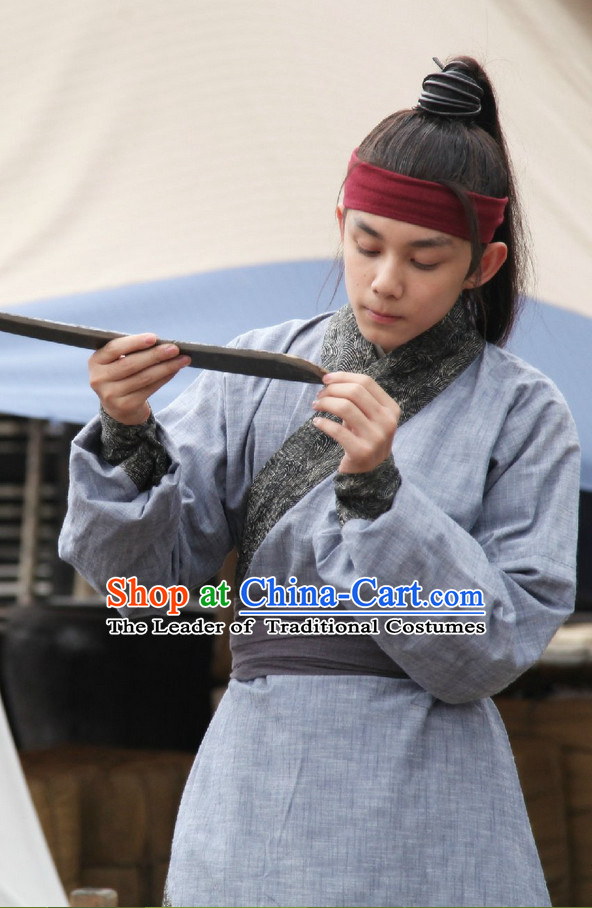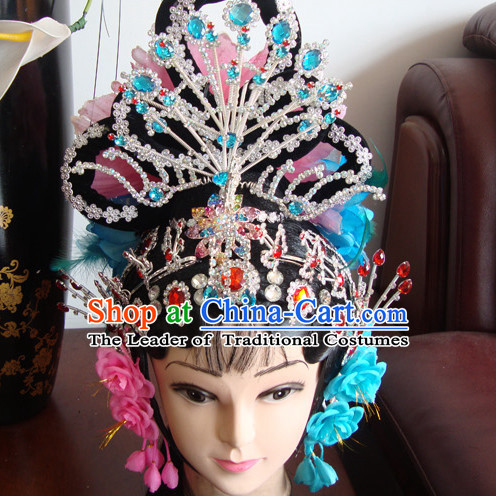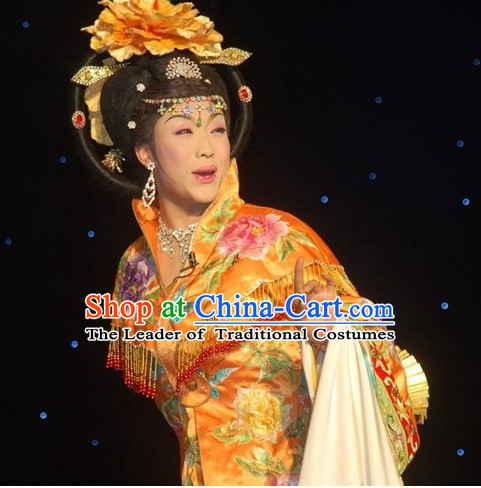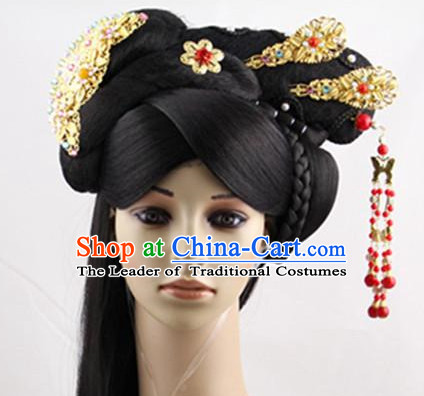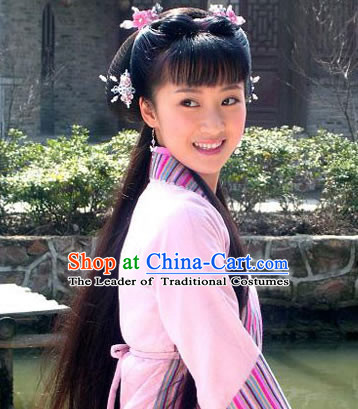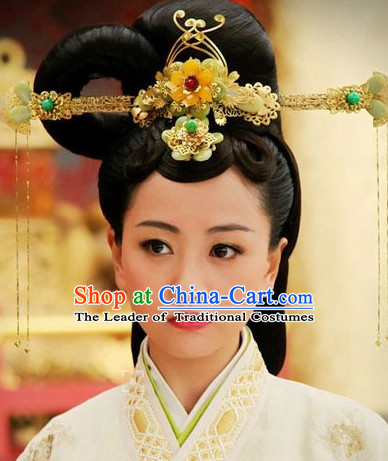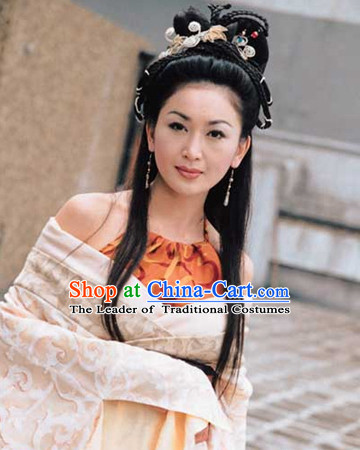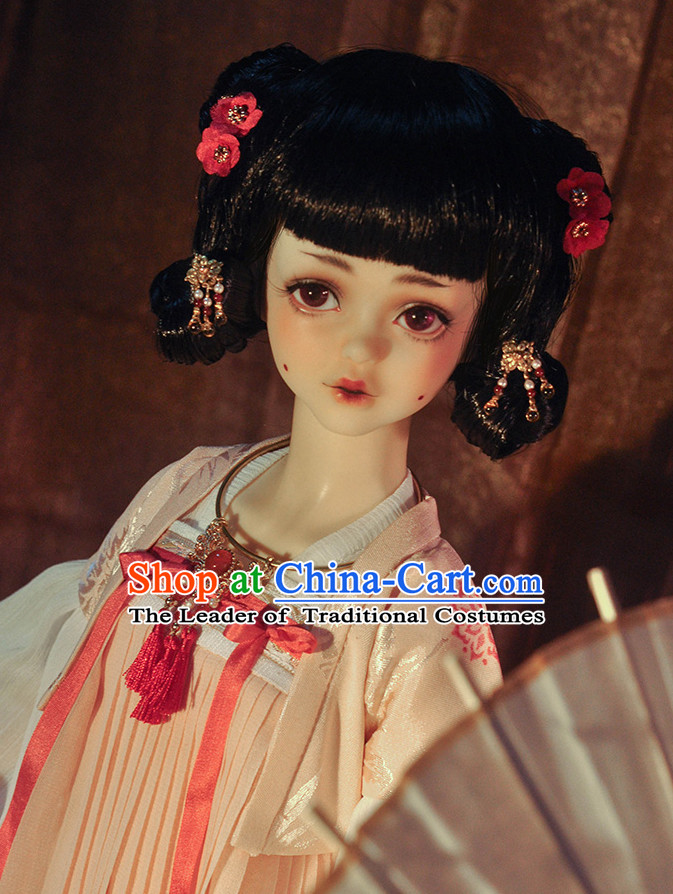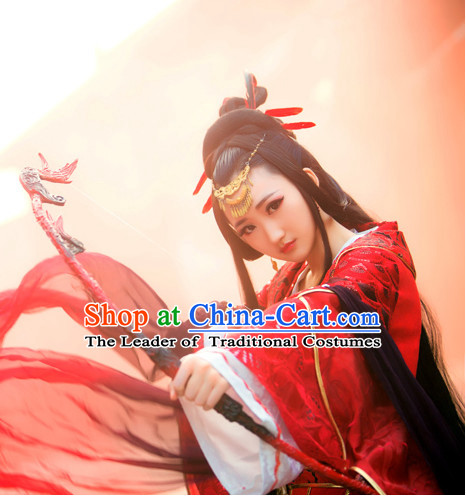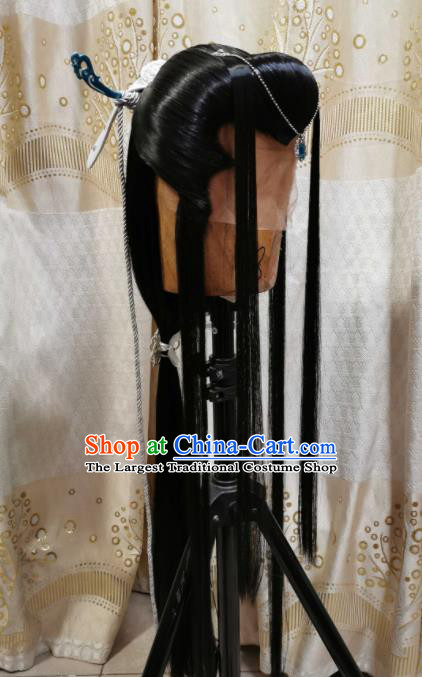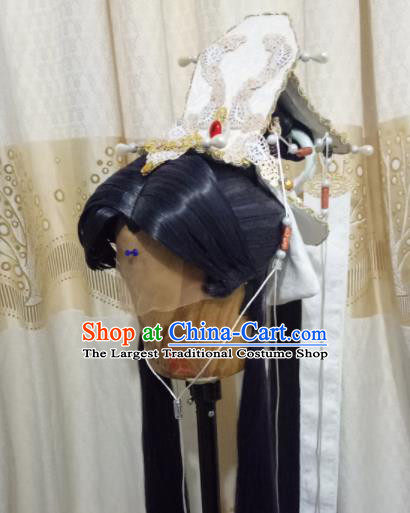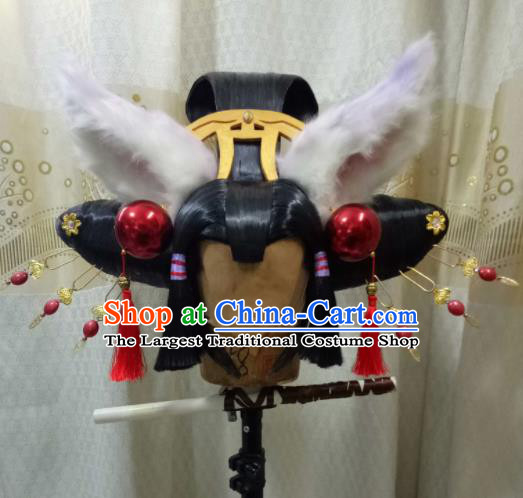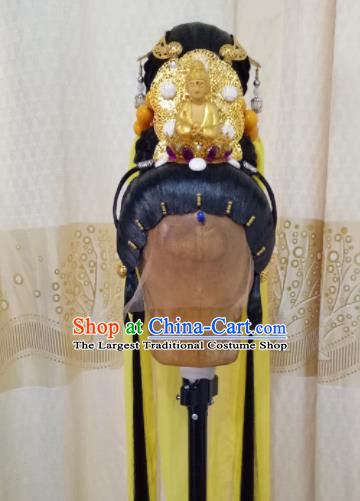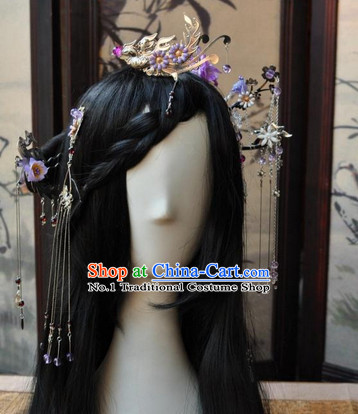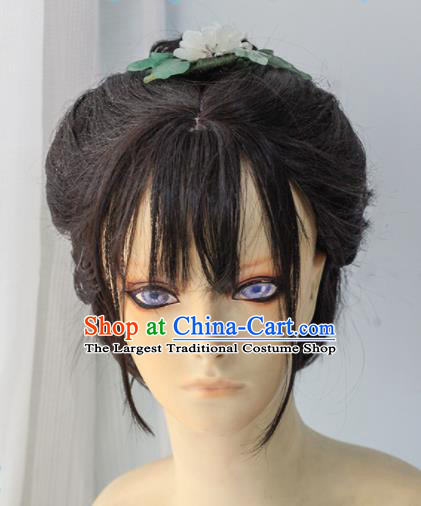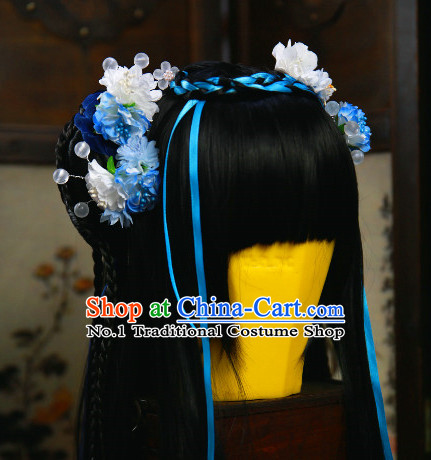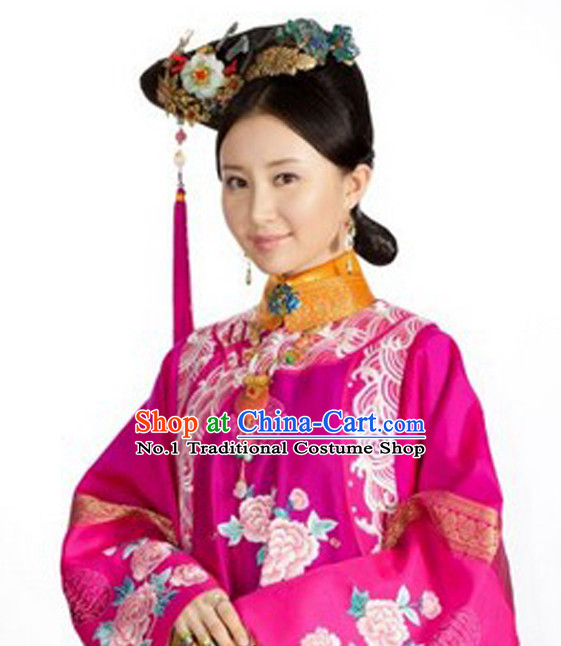
Click Related Pictures for More Audios:
Ancient Chinese Hair Accessories and Black Wigs
In China, ancient hair accessories and wigs are symbols of beauty and elegance for women.
These hair accessories and wigs not only have rich spiritual and cultural connotations but also carry historical significance.
They represent the aesthetic concepts and lifestyles of ancient Chinese women and reflect the social hierarchy and etiquette norms of that time.
In ancient times, women's hairstyles and hair accessories were very important, not just for their beauty but also to display their status and position.
For example, women in the Tang Dynasty liked to comb their hair into a high bun, known as "yunbin," which was considered a symbol of nobility and elegance.
Women in the Song Dynasty preferred to braid their hair into a coiled bun, known as "panji," which was seen as a symbol of propriety and virtue.
In addition to hairstyles, ancient women also enjoyed wearing various hair accessories such as hairpins, hair clasps, and hair clips.
These accessories not only added to women's charm but also served the purpose of securing their hairstyles.
For instance, women in the Tang Dynasty liked to wear gold-wire hairpins, which were not only gorgeously intricate but also symbolized good luck and prosperity.
Women in the Song Dynasty preferred silver-wire hair clasps, which were not only exquisitely beautiful but also symbolized peace and happiness.
In conclusion, ancient Chinese hair accessories and black wigs are an essential part of traditional Chinese culture.
They represent the beauty and elegance of ancient Chinese women and reflect the social hierarchy and etiquette norms of that time.
By appreciating and studying these hair accessories and wigs, we can gain a better understanding of the lives and culture of ancient Chinese women.
